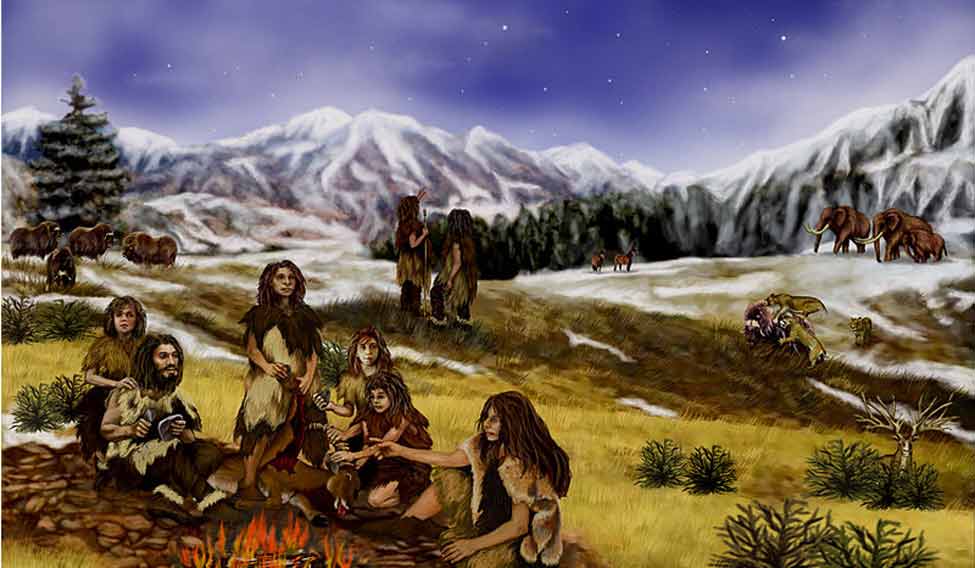Life was no picnic for our ancestors 1.8 million years ago, as they had to constantly compete with carnivores for their food, say scientists who pieced together an early human habitat for the first time.
Our human ancestors, who looked like a cross between apes and modern humans, had access to food, water and shady shelter at a site in Tanzania, researchers said.
They even had lots of stone tools with sharp edges, said Gail M Ashley, a professor in the Rutgers University in US.
"It was a very stressful life because they were in continual competition with carnivores for their food," said Ashley.
Researchers carefully reconstructed an early human landscape on a fine scale, using plant and other evidence collected at the site.
The landscape reconstruction may help paleoanthropologists develop ideas and models on what early humans were like, how they lived, how they got their food (especially protein), what they ate and drank and their behaviour, Ashley said.
The site, discovered in 1959, uncovered thousands of animal bones and stone tools. Through exhaustive excavations in the last decade scientists collected numerous soil samples and studied them via carbon isotope analysis.
The landscape had a freshwater spring, wetlands and woodland as well as grasslands, researchers said.
"We were able to map out what the plants were on the landscape with respect to where the humans and their stone tools were found," Ashley said.
"That's never been done before. Mapping was done by analysing the soils in one geological bed, and in that bed there were bones of two different hominin species," she said.
The two species of hominins, or early humans, are Paranthropus boisei robust and pretty small-brained and Homo habilis, a lighter-boned species.
Homo habilis had a bigger brain and was more in sync with our human evolutionary tree, said Ashley.
Both species were about 4.5 to 5.5 feet tall, and their lifespan was likely about 30 to 40 years.
Based on the high concentration of bones, the primates probably obtained carcasses elsewhere and ate the meat in the woods for safety, Ashley said.
A layer of volcanic ash covered the site's surface, nicely preserving the bones and organic matter, said Ashley.
On the site, scientists found thousands of bones from animals such as giraffes, elephants and wildebeests, swift runners in the antelope family.
The hominins may have killed the animals for their meat or scavenged leftover meat. Competing carnivores included lions, leopards and hyenas, which also posed a threat to hominin safety, according to Ashley.
The hominins' food also may have included wetland ferns for protein and crustaceans, snails and slugs.
Scientists think the hominins likely used the site for a long time, perhaps tens or hundreds of years, Ashley said.
The findings were published in the journal PNAS.





